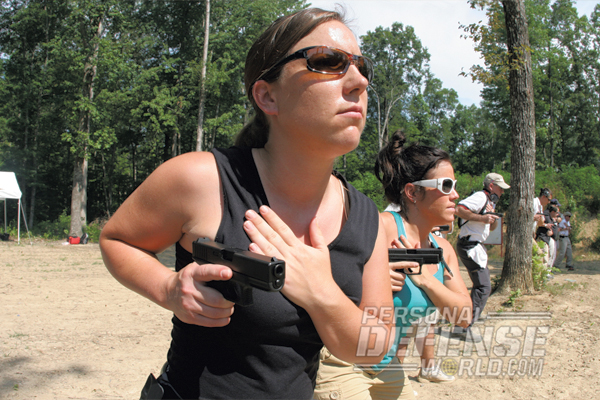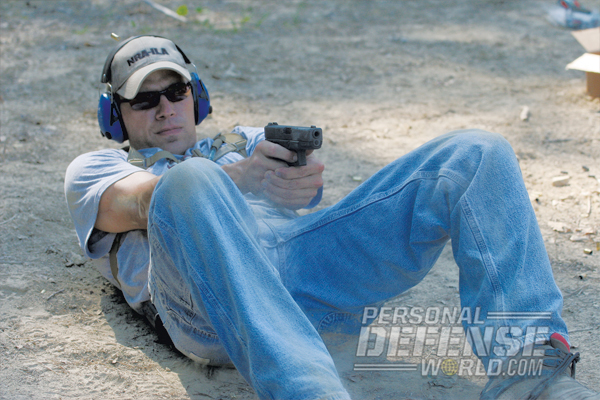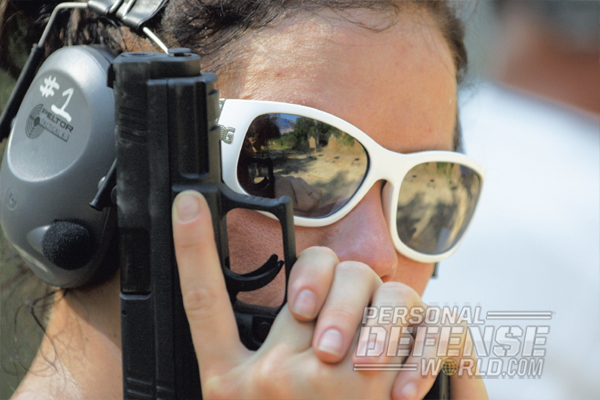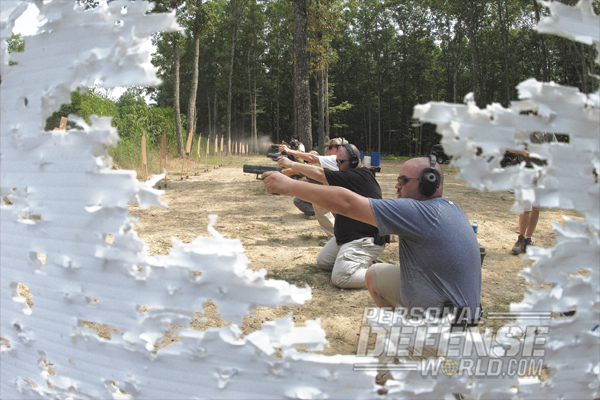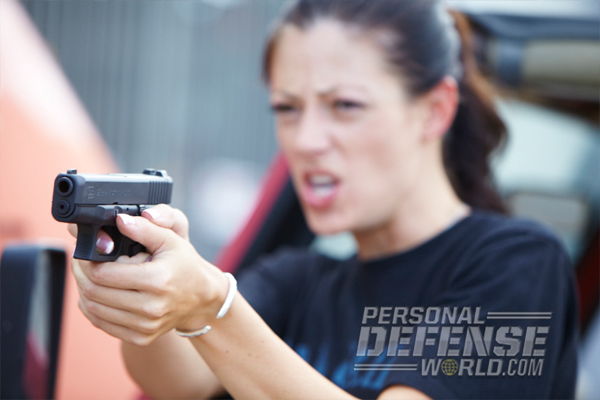Carrying a firearm concealed or otherwise for personal protection requires knowing its proper use, an appreciation of the legalities of self-defense, an understanding of your equipment and confidence in your skills. Of course, all of this comes after you’ve mastered basic safety, pistol handling, maintenance and marksmanship—a process that takes patience and practice. GLOCK’s S.A.F.E. site: us.glock.com/confidence/pistols-101-full is an excellent online resource for new GLOCK owners.
“The laws regarding when and how a person may use lethal force to defend themselves or others also vary greatly from state to state…”
“The laws regarding when and how a person may use lethal force to defend themselves or others also vary greatly from state to state…”
After acquiring a pistol and learning how to use it, you should then take the step of learning the laws concerning concealed carry in your state. In most instances, applying for a CCW permit includes providing proof of gun training and undergoing a background check. Many states recognize other state permits, but the list of them is ever-changing, so be sure to check every time you travel with firearms. Every state has different laws regarding where you can carry and interacting with law enforcement, so it is important to become familiar with a specific state’s laws and to check for changes.
Advertisement — Continue Reading Below
CLICK HERE for more on GLOCK Firearms, Accessories, Videos and More!
The laws regarding when and how a person may use lethal force to defend themselves or others also vary greatly from state to state, and what may be a perfectly legal act of self-defense in one state may result in a lengthy jail term in another. It is always best to consult an attorney in your state if you have any questions—or even if you don’t. Keep in mind that, especially when carrying a firearm, it is best to avoid confrontations or dangerous situations, even when it’s you who’s being directly harassed, as the repercussions can be significantly more severe both criminally and civilly. Carry defensively—just as you drive defensively. Since CCW training requirements vary so greatly from state to state, and because you can never be too well trained, it is important to pursue additional training, both on your own time and with the assistance of a qualified instructor (who can often be found at local ranges, gun shops or through a national organization). At a minimum, familiarize yourself with the different methods of concealed carry and the various kinds of types of holsters, and train regularly with your carry ammo to ensure that it functions well.
Advertisement — Continue Reading Below
Also, find a range that allows you to practice drawing and firing from your holster at self-defense distances of 3 to 7 yards. Your training regimen should also include seeking cover and firing from cover, as well as engaging multiple targets. Train to avoid tunnel vision and to scan the area after engaging a target. It’s a type of training that can very easily be done at home using dry-fire techniques (no live ammo). Laser-based training devices are great aids for this type of practice and are readily available.
Know the laws, master your guns and gear, and train as often as you can. Owning a gun is not only your fundamental right, it’s also a grave responsibility.
Advertisement — Continue Reading Below
